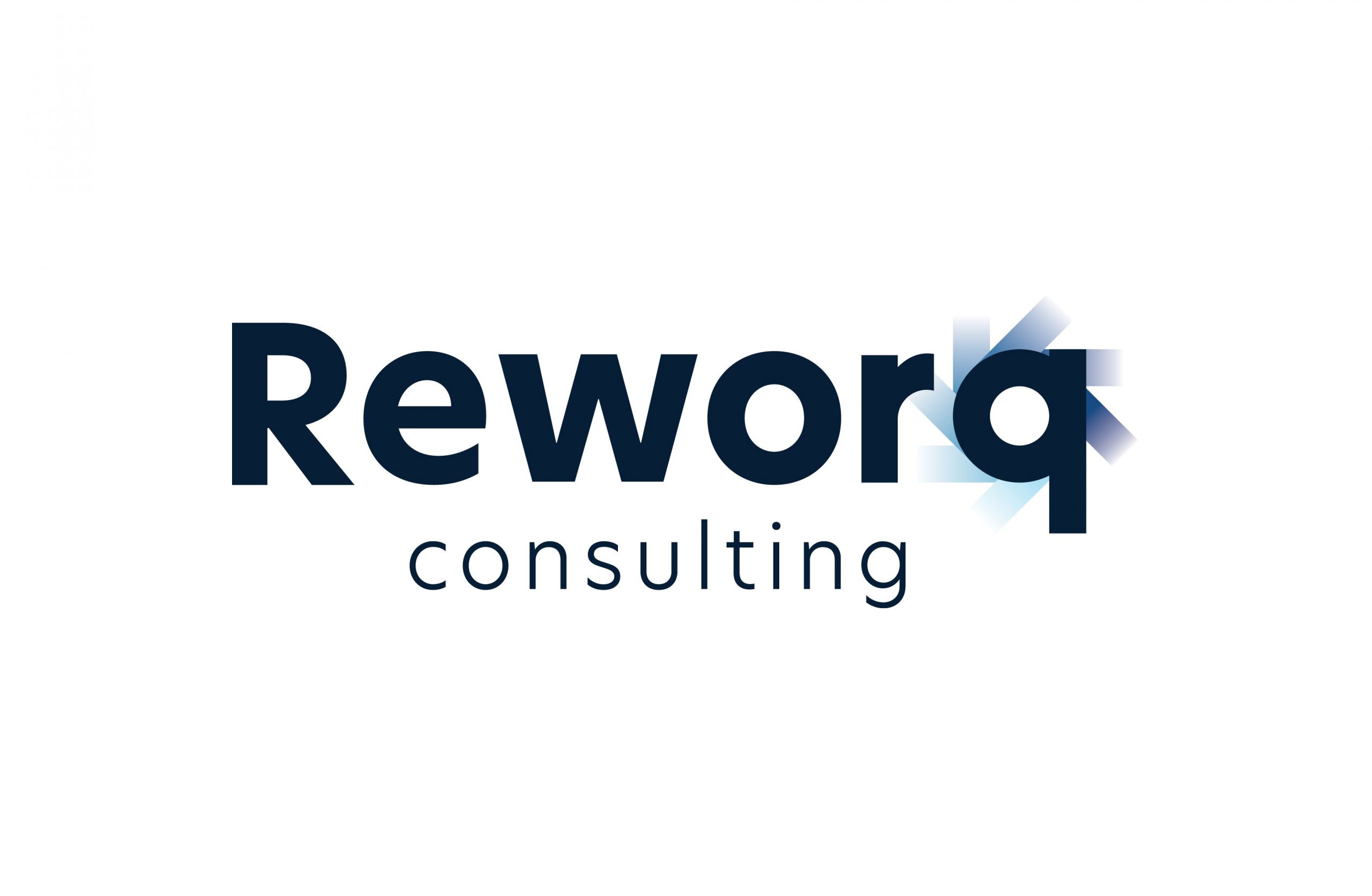Risk and uncertainty are inherent in any business, project work, and every project that an organisation takes on. Management structure (and purpose) can be the determining factor for success in achieving an organisation’s goals. Because if you fail to identify risks, then you also miss an opportunity to avoid it, and missed opportunities can lead to significant financial and operational losses.
Planning for risks is a crucial component of an organisation’s Project Management strategy. With a robust Risk Management process in place, it is the reason that Risk Management tools are implemented to help you mitigate and manage risks, in an appropriate (and thorough) manner. But tools are also an addition to a structured Risk Management Framework for your team, and their efforts, and serve as a reference point throughout a project.
What is the purpose of using Risk Management Tools?
Risk Management is the practice of implementing measures to reduce or eliminate the impact of risks. It is the process of identifying, assessing, and controlling risks due to the importance of project planning (and execution) to ensure that risks are minimised, as much as possible.
Risk Management tools help organisations reduce exposure to operational and enterprise risks through more effective management of data, processes, and operational objectives across a project’s lifecycle. Because without the right tools and techniques, it is highly likely that your attempt to implement a Risk Management Framework will fail!
Risk Management: Types of Tools
1. SWOT Analysis
SWOT Analysis is a powerful tool for helping to identify competitive opportunities for improvement. The SWOT Framework helps you to improve your team, project, and business while staying ahead of market trends. Once analysed, SWOT provides your organisation with the ‘big’ picture of where you are and how to get to the next step.
SWOT Analysis is an acronym of four key variables that measures the internal factors (Strengths, Weaknesses) and external factors (Opportunities, Threats) affecting a project or organisation. This is a tool that represents a four-square grid so that it is easier to analyse and cross-reference but can also be used to identify risks as well.
Strengths
Strengths refers to your internal initiatives that are performing well and any positive risks. With examining these areas, this helps you to understand what is already working – your Strengths – the advantages that separate your brand, your projects (from previous) and other areas of your organisation that might need additional support.
Weaknesses
Weaknesses refers to your internal initiatives that are underperforming and any negative risks. Always analyse your strengths before your weaknesses, to create your baseline of success and failure. By identifying internal Weaknesses, this provides a starting point for you to identify your challenges and that you must overcome for a smooth delivery on your project.
Opportunities
Opportunities result from your existing strengths and weaknesses, along with any external initiatives (and positive risks) that will puts your project or organisation into in a stronger competitive position. This process could identify several factors including your competitive analysis, weaknesses that you would like to improve or areas that were not identified in the first two (2) phases of your analysis.
Threats
Threats are areas in your project or organisation with the potential to cause problems. Threats are external factors and are out of your control, but they are different from weaknesses. This can include anything external from a global pandemic (such as COVID-19) or to a change in your competitive landscape.
2. FMEA Model
The FMEA Model is a critical document for Risk Management, and which should accompany any project, product or service design, changes, or part of the overall process documentation. It helps to identify and manage risks within projects, across business units, and entire organisations. There are two (2) types:
- Process FMEA – where the risks are process failures.
- Design FMEA – where the risks are product or system-related failures.
FMEA = Failure Mode Effect Analysis
Additionally, the FMEA Model can also be used in the following project phases:
- Define Phase = Understand the overall project risks.
- Analyse Phase = A “deep-dive” into the key risks (current) in the existing process.
- Improve Phase = Evaluate the risks associated with different potential solutions.
- Control Phase = Ensure the on-going management of the project and ensure all risks of the new process are routinely managed.
Risk Priority Number (RPN)
With assessing each risk correctly, the FEMA model utilises the product of three (3) ratings:
- Frequency of Occurrence.
- Severity of Occurrence.
- Chance of Detection.
The Risk Priority Number (RPN) is the product of these three (3) ratings, and it also represents a numerical assessment of the risk. Therefore, the RPN highlights your “key” risks and identifies the priorities of any activities to improve your overall risks.
RPN = Frequency x Severity x Detection
However, the effectiveness of the FEMA model can only be maximised when these categories have reliable measures and/or a clearly defined matrix (scoring model) for the Frequency, Severity and Detection levels. Most organisations will action the following:
- Develop their own measures or clearly defined matrix for the three (3) categories – Frequency, Severity, and Detection levels.
- Utilise standard values that have been developed within their industry sector.
3. Risk Assessment Template
A Risk Assessment Template is normally used for IT processes, but it can also be implemented in any organisational projects. This assessment provides a numbered listing and probabilities of all risks – in one (1) place – so that risk tracking, and project execution becomes easier.
The Risk Assessment Template (MS Excel spreadsheet) has a built-in calculator that provides figures and probabilities of risks and the impact they can have on your project or organisation. This assists the Project Manager to stay informed about the potential harm of any risk and the likelihood of the risk occurring again.
4. Risk Register
A Risk Register is a strategic tool to control risk in a project. It is a project document used to identify risks, tracks, and monitors any potential risks and takes the right measures (and actions) to prevent risks and correct them.
Furthermore, the Risk Register enables data gathering on risks and assists the Project Manager to identify and describe the risk. It allows to prioritise the following:
Risk Register Updates
- Prioritised list of quantified risks.
- List of potential responses.
- An assigned Owner responsible for resolution.
- Highlights the amount of contingency time and cost reserves required.
- Possible realistic and achievable completion dates and project costs, with confidence levels, versus the time and cost objectives for the project.
- The quantified probability of meeting the project objectives.
- Trends in quantitative risk analysis.
- Updated risk categories.
5. Probability and Impact Matrix
The Probability and Impact Matrix assists with resource allocation for Risk Management by identifying those risks which require an immediate response. It helps to prioritise risks based on the impact they will have and is determined by a combination of the probability scores and impact scores of individual risks; then, rank risks in terms of their severity.
The critical factor here is that the risk can now be put into context within the project and the risks are ranked (based on the seriousness). Now with a plan in place to respond to risks, this helps prevent time wastage and resources being exhausted.
Finding the Best “Fit-for-Purpose” Tool

Fit the tool to the process or assessment needed
There are many types of risk analysis and Risk Management tools available, including financial analysis, operations analysis, IT and security, cost-risk uncertainty, and traditional program management. However, the key selection criteria are to understand the need of your risk program, reporting, analysis (e.g., ability to modify risk impact scaling to reflect requirements), and accessibility (e.g., enterprise-level users’ environment) before selecting your risk tool.
Change the tool to support the process or decision making
As your risk process builds out and the reporting framework evolves, it is critically important that you change the Risk Management tool (Current v. Future) used to support the changes in your organisational environment. The following circumstances could initiate subsequent change:
New reporting requirements
- Use a tool that best that matches your risk reporting requirements.
Increase your level of risk mitigation details needed
- Ensure your tools capture both ‘high-level’ and ‘detailed’ (e.g., including action steps, status, and updates) mitigation plans.
Team capacity or work environment is unable to support the tool
- It is important to examine ways to utilise the efficiency of your tools use by streamlining, modifying, and / or changing to another tool that better supports the Risk Management Program’s environment.
Maximise access to the tool
It is critically important that across the entire Project Team members they have access to the tool and are responsible for updates, tasks, and deadlines. This ensures an accurate distribution of workload to key stakeholders (and ownership) and prevents issues in completing your risk process objectives.
Your organisational risk requirements will always drive the tool selection process, NOT the actual risk tool or comprehensive solution(s) that you have identified.
Summary
Risk Management is about taking informed risk and understanding your organisation’s risk appetite. It is an iterative process (and ongoing activity) that spans the entire project life cycle – planning, identification, analysis, evaluation, and control phases.
Likewise, the selection of appropriate tools, techniques, and a systematic Risk Management Framework for ongoing analysis and evaluation is especially important to a successful project outcome. It allows you to determine if a project is on track to meet its delivery goals and which strategies to put in place, if the project experiences any challenges. By identifying and managing these risks early, you can minimise their impact on your overall project performance.
Need some guidance on your next steps? Let’s start a conversation…



